The General Department of Vietnam Customs said that from the beginning of this year to now, Vietnamese agricultural products have been available in more than 180 countries and territories. Of these, there are many export products with export turnover of above US$1 billion, such as coffee, rice, fruits and vegetables, shrimps, and pangasius fish. This year, Vietnam’s agricultural sector set the agro-forestry-aquatic export target at above $43 billion. However, in the first five months of this year, agro-forestry-aquatic exports merely reached $15.49 billion, down 4.1 percent over the same period last year.
Due to the Covid-19 pandemic, many orders were canceled or delivered late. Besides, Vietnamese agricultural products were mainly exported raw and through border trade; the raising and harvesting process has not met the standards, which also affected exports.
Mr. Mai Xuan Thanh, Deputy Director of the General Department of Vietnam Customs, said that when new-generation free trade agreements take effect, they will support Vietnamese enterprises significantly, including agricultural and fishery enterprises. For instance, the Comprehensive and Progressive Agreement for Trans-Pacific Partnership took effect since 2019, and the EU-Vietnam Free Trade Agreement (EVFTA) will be effective in August this year.
With the EVFTA, right after the agreement becomes effective, the EU will remove import tariffs for around 85.6 percent of tax lines, or 70.3 percent of the export turnover of Vietnam to the EU. After seven years after the agreement comes into effect, the EU will lift import tariffs for 99.2 percent of tax lines or 99.7 percent of total exports of Vietnam. As for the remaining 0.3 percent of export turnover, the EU pledged to give Vietnam a tariff quota with an import duty of zero percent.
Meanwhile, Vietnam committed to eliminating tariffs as soon as the agreement comes into effect for 48.5 percent of tariff lines, accounting for 64.5 percent of import turnover. Then, after seven years, 91.8 percent of tariff lines, equivalent to 97.1 percent of the EU’s exports will be removed import taxes by Vietnam. After ten years, about 98.3 percent of the tariff lines will be erased, accounting for 99.8 percent of import turnover.
Due to the Covid-19 pandemic, many orders were canceled or delivered late. Besides, Vietnamese agricultural products were mainly exported raw and through border trade; the raising and harvesting process has not met the standards, which also affected exports.
Mr. Mai Xuan Thanh, Deputy Director of the General Department of Vietnam Customs, said that when new-generation free trade agreements take effect, they will support Vietnamese enterprises significantly, including agricultural and fishery enterprises. For instance, the Comprehensive and Progressive Agreement for Trans-Pacific Partnership took effect since 2019, and the EU-Vietnam Free Trade Agreement (EVFTA) will be effective in August this year.
With the EVFTA, right after the agreement becomes effective, the EU will remove import tariffs for around 85.6 percent of tax lines, or 70.3 percent of the export turnover of Vietnam to the EU. After seven years after the agreement comes into effect, the EU will lift import tariffs for 99.2 percent of tax lines or 99.7 percent of total exports of Vietnam. As for the remaining 0.3 percent of export turnover, the EU pledged to give Vietnam a tariff quota with an import duty of zero percent.
Meanwhile, Vietnam committed to eliminating tariffs as soon as the agreement comes into effect for 48.5 percent of tariff lines, accounting for 64.5 percent of import turnover. Then, after seven years, 91.8 percent of tariff lines, equivalent to 97.1 percent of the EU’s exports will be removed import taxes by Vietnam. After ten years, about 98.3 percent of the tariff lines will be erased, accounting for 99.8 percent of import turnover.




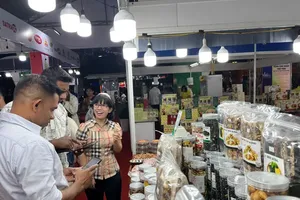

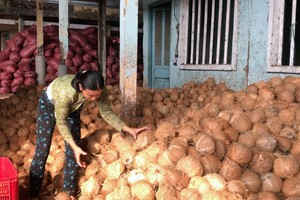



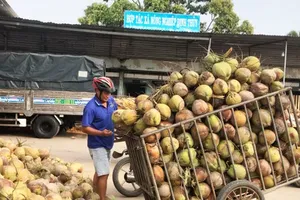
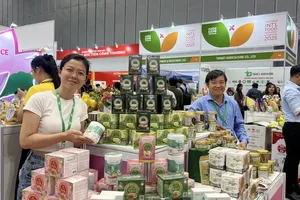

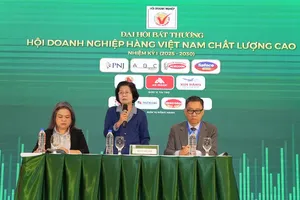




)





